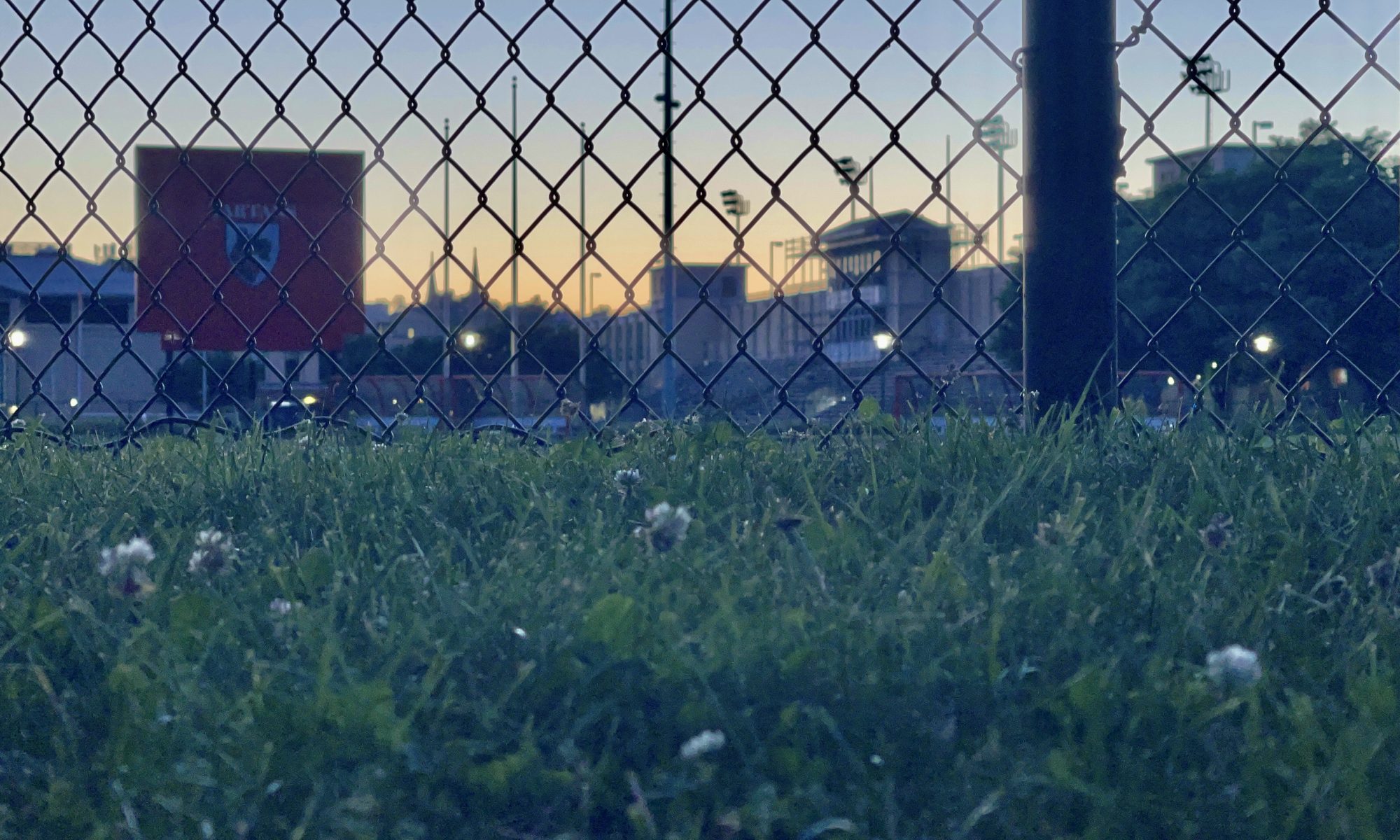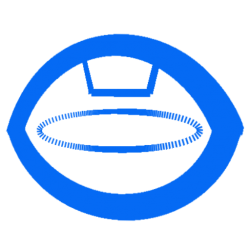During the past week, our team has been diligently working on various aspects of our project and collaborating to work the magic.
Ray and Jerry are working on the UI design using Kivy about functions like image uploading and displays. They will continue to cooperate with other members of the team to integrate functions like Openpose and voice engine into the application. This will play a pivotal role in ensuring a user-friendly and visually appealing experience for our application compared to the more naïve implementation of Tkinter.
Eric has successfully integrated Openpose into our system, enabling it to accept image inputs and generate JSON outputs for the comparison algorithm for Shiheng. This is a pivotal step in our project, as it provides the foundation for our comparison algorithm and more detailed instructions on body postures. We’ll look at how we want to display Openpose feedback integrated with camera images to the user in the following weeks.
Shiheng has implemented a cosine similarity algorithm for comparing key points that represent body posture. This algorithm will allow us to quantify the similarity between different body postures, providing a strong basis for evaluation and giving out instructions. We can analyze and compare the alignment and positioning of individual limbs, offering a more detailed assessment of body posture.
We also discussed issues on ethics after we specified more about project details on our Friday meeting, during which we first exchanged opinions about the reading and answers we made on the project, then proceeded to argue more on privacy, autonomy, and potential issues of misusing the project.
Our team is making solid progress, and we’re on track to deliver our comprehensive Taichi instructor system. We’ll continue working on these components, work on feedbacks from our design review report, and aim to achieve our project milestones in the coming weeks.

